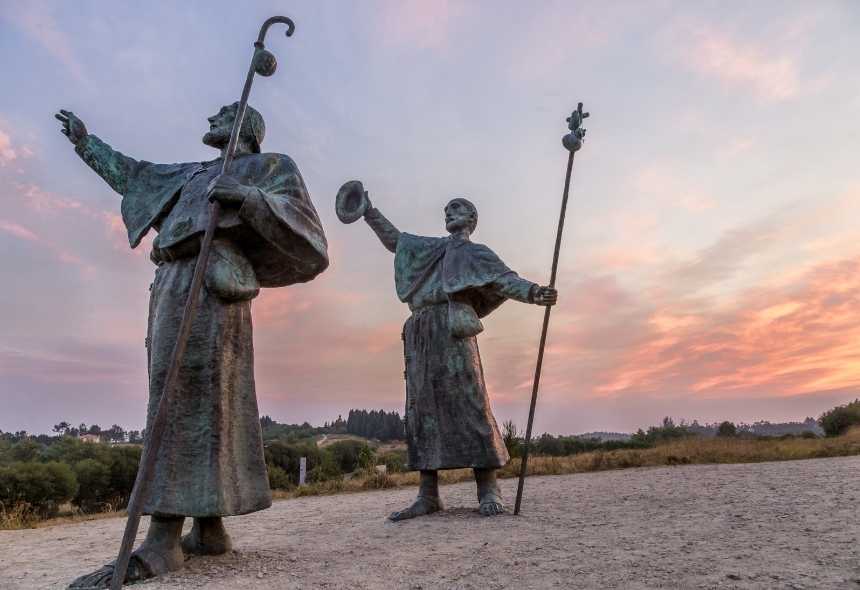The Role Of Religion In The Camino De Santiago’s History: From Pagan Rites To Christian Pilgrimage
The Camino de Santiago, or Way of St. James, is a centuries-old pilgrimage route that leads to the shrine of St. James the Apostle in Santiago de Compostela in northwest Spain. It has been a popular pilgrimage route for centuries, with pilgrims coming from all over Europe. Throughout its history, religion has played a major role in the pilgrimage.
Pagan Rites: Before the arrival of Christianity in Spain, the history of Camino de Santiago was part of a network of ancient pilgrimage routes that had been used for centuries by pagans in the Iberian Peninsula. These routes were used for religious ceremonies and rites, such as for the worship of gods and goddesses associated with fertility, nature and the cycle of the seasons.

Christian Pilgrimage: In the 9th century, Christianity began to spread throughout Spain. The Camino de Santiago was transformed into a Christian pilgrimage route, with Santiago de Compostela becoming the ultimate destination for pilgrims. The route became popular among Christians who believed that St. James the Apostle was buried in Santiago de Compostela. The pilgrimage became so popular that by the 11th century it was one of the most important Christian pilgrimages in Europe.
Religious Significance: Today, the Camino de Santiago is still a popular pilgrimage route for both religious and secular travelers. For many pilgrims, the Camino is a spiritual journey that is focused on personal growth and reflection. Pilgrims often come to the route in search of answers to spiritual questions or to seek guidance from God. For many, the journey is a time to reconnect with their faith and to draw closer to God.